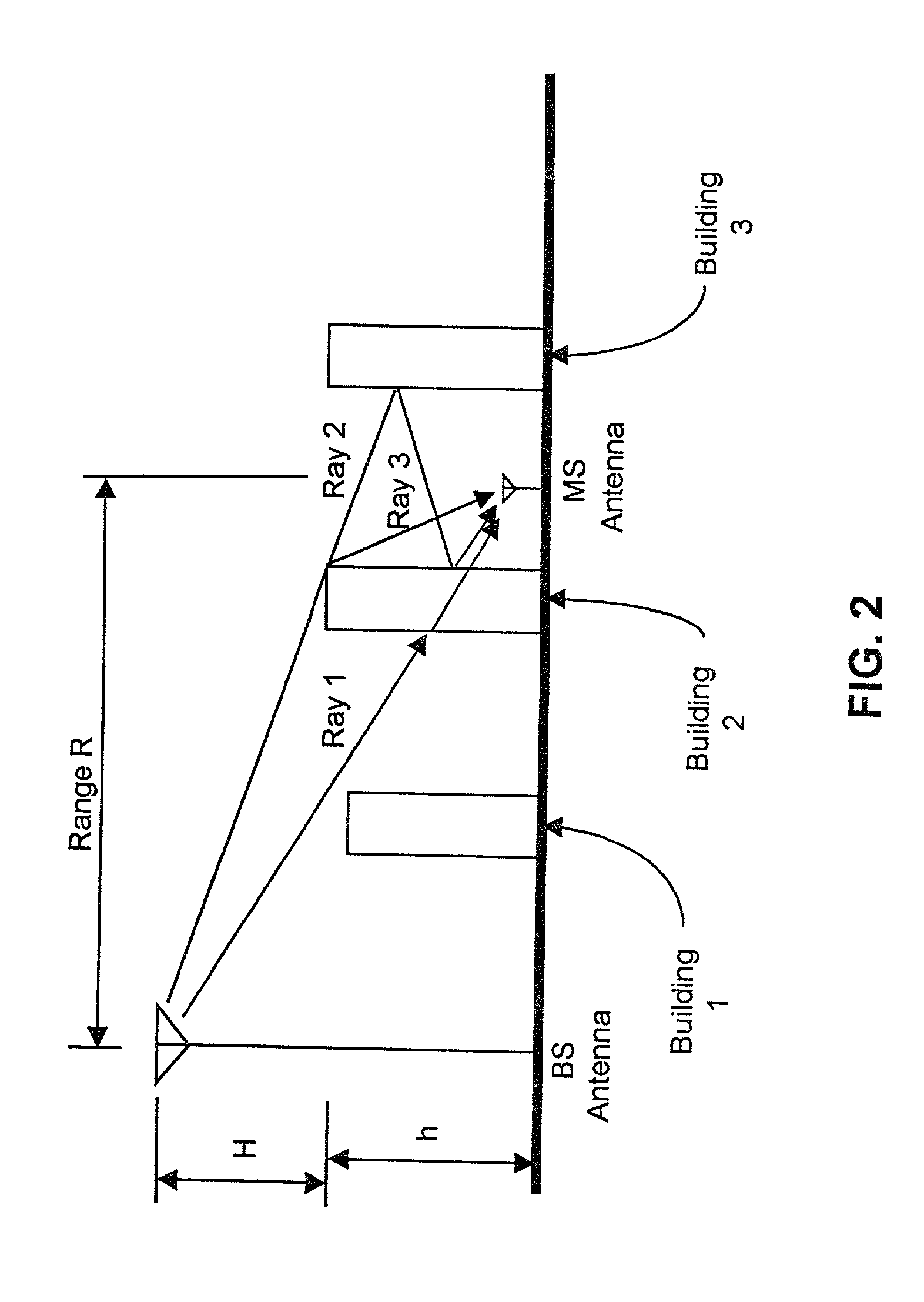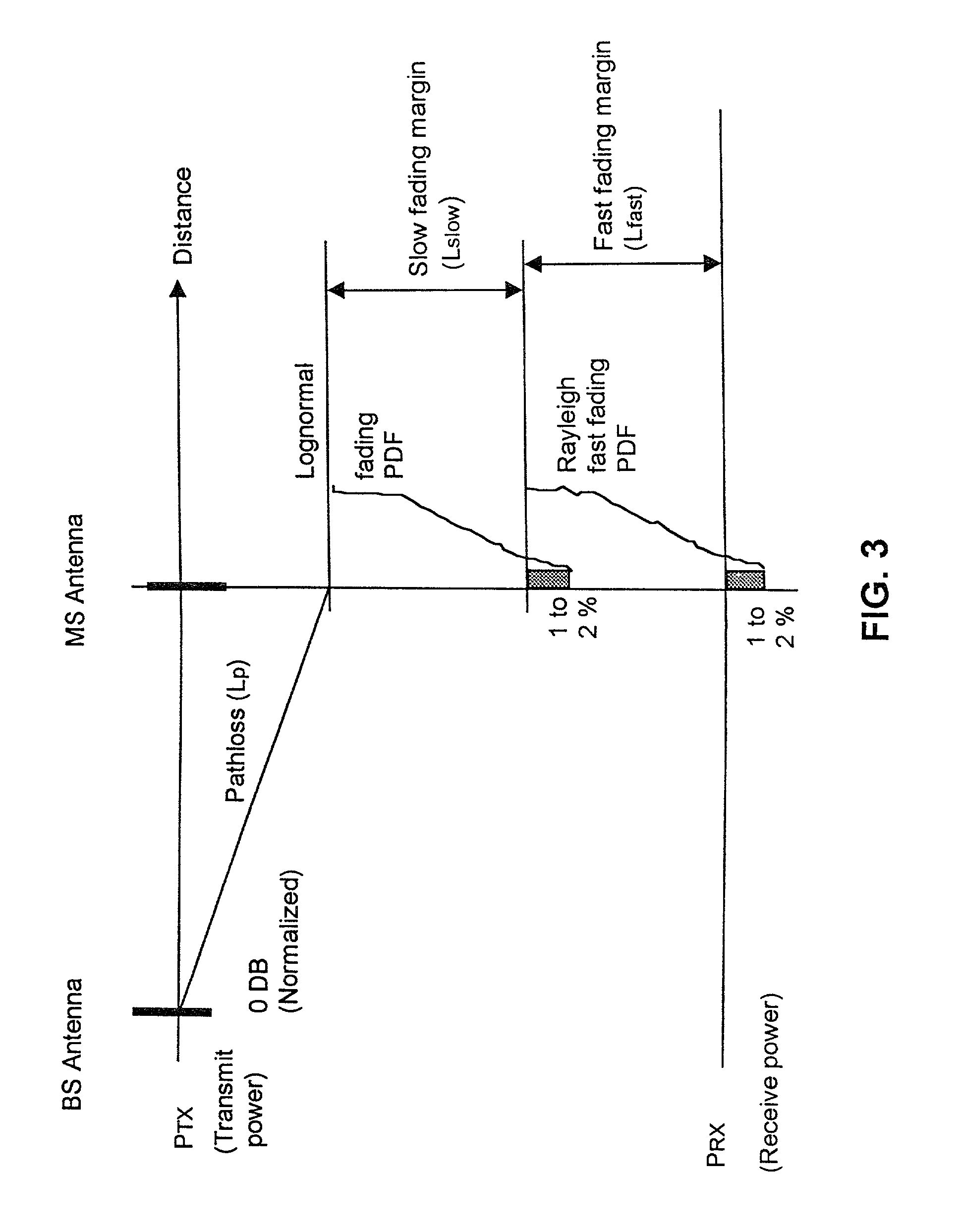Wireless location using signal fingerprinting
a signal fingerprinting and wireless technology, applied in direction finders using radio waves, instruments, wireless communication, etc., can solve the problems of high cost, significant distortion, and special-purpose electronics that are required to achieve the effect of low cost, low cost and spectrum efficiency
- Summary
- Abstract
- Description
- Claims
- Application Information
AI Technical Summary
Benefits of technology
Problems solved by technology
Method used
Image
Examples
Embodiment Construction
: Historical Data Confidence Adjuster Program Historical_data_confidence_adjuster(loc_hyp) / * This function adjusts the confidence of location hypothesis, "loc_hyp", according to how well its location signature cluster fits with verified location signature clusters in the location signature data base. * / { mesh <-- get_mesh_for(loc_hyp.FOM_ID); / / each FOM has a mesh of the Location Center service area covering <--get_mesh_covering_of_MS_estimate_for(loc_hyp); / * get the cells of "mesh" that minimally cover the most pertinent target MS estimate in "loc_hyp". * / total_per_unit_error <-- 0; / / initialization for each cell, C, of "covering" do / * determine an error measurement between the location signature cluster of "loc_hyp" and the verified location signature clusters in the cell * / { centroid <-- get_centroid(C); error_obj <--DB_Loc_Sig_Error_Fit(centroid,C,loc_hyp.loc_sig_cluster, "USE ALL LOC SIGS IN DB"); / * The above function call computes an error object, "error_obj", providing ...
PUM
 Login to View More
Login to View More Abstract
Description
Claims
Application Information
 Login to View More
Login to View More - R&D
- Intellectual Property
- Life Sciences
- Materials
- Tech Scout
- Unparalleled Data Quality
- Higher Quality Content
- 60% Fewer Hallucinations
Browse by: Latest US Patents, China's latest patents, Technical Efficacy Thesaurus, Application Domain, Technology Topic, Popular Technical Reports.
© 2025 PatSnap. All rights reserved.Legal|Privacy policy|Modern Slavery Act Transparency Statement|Sitemap|About US| Contact US: help@patsnap.com



